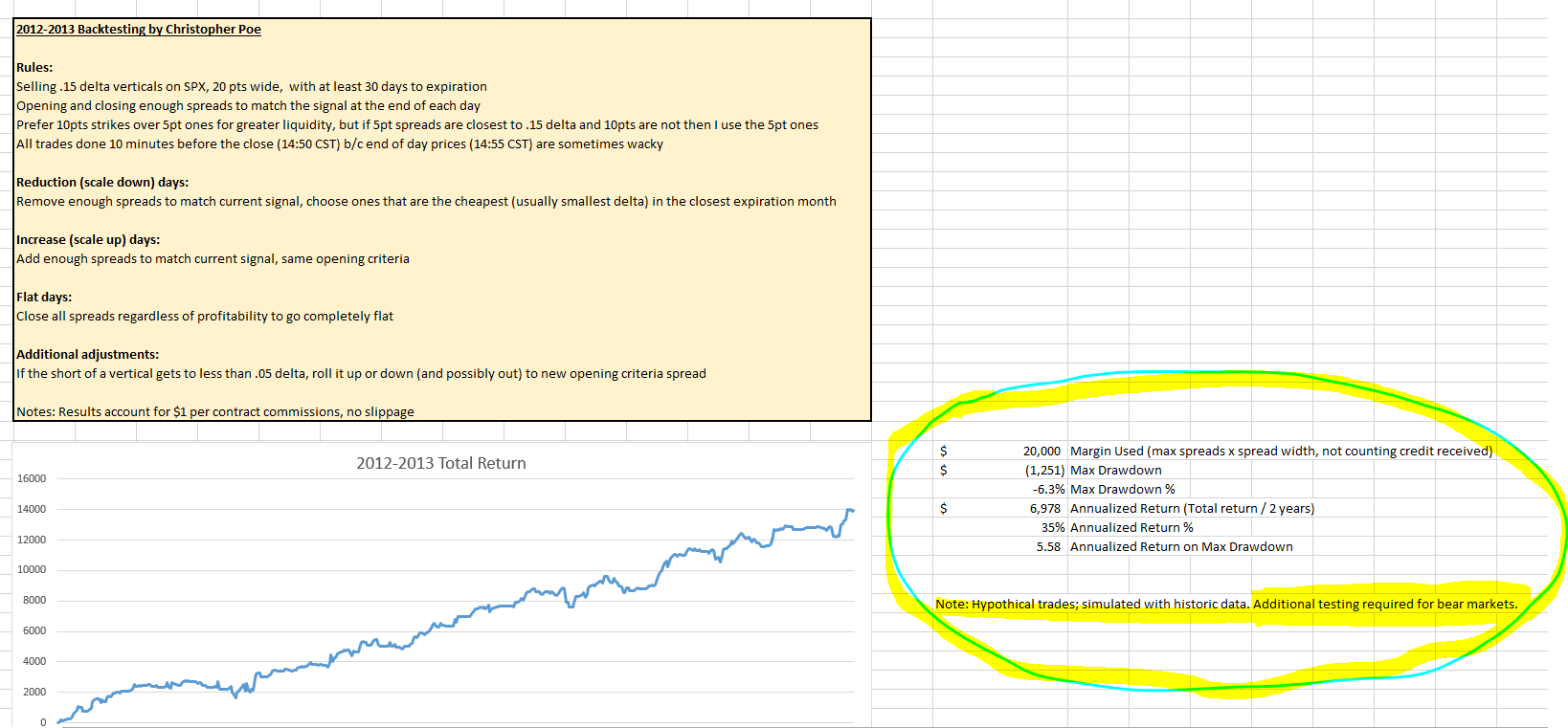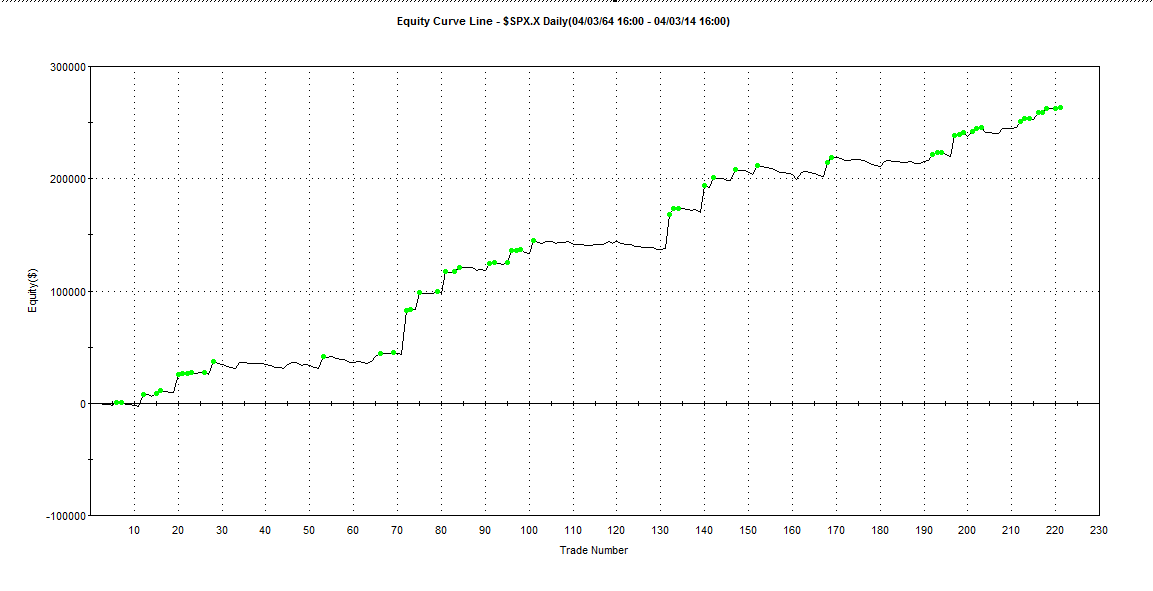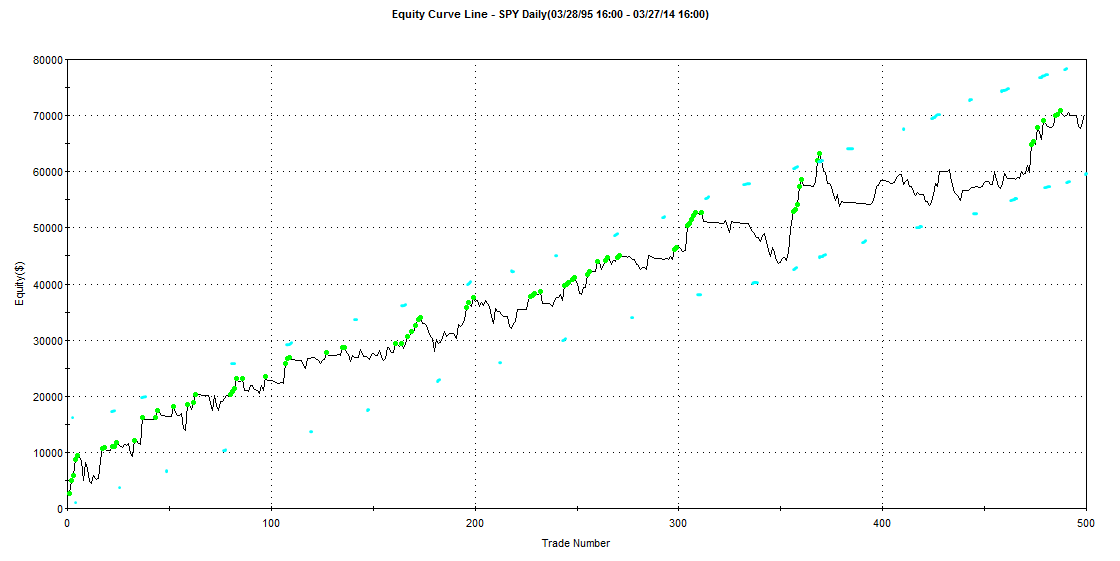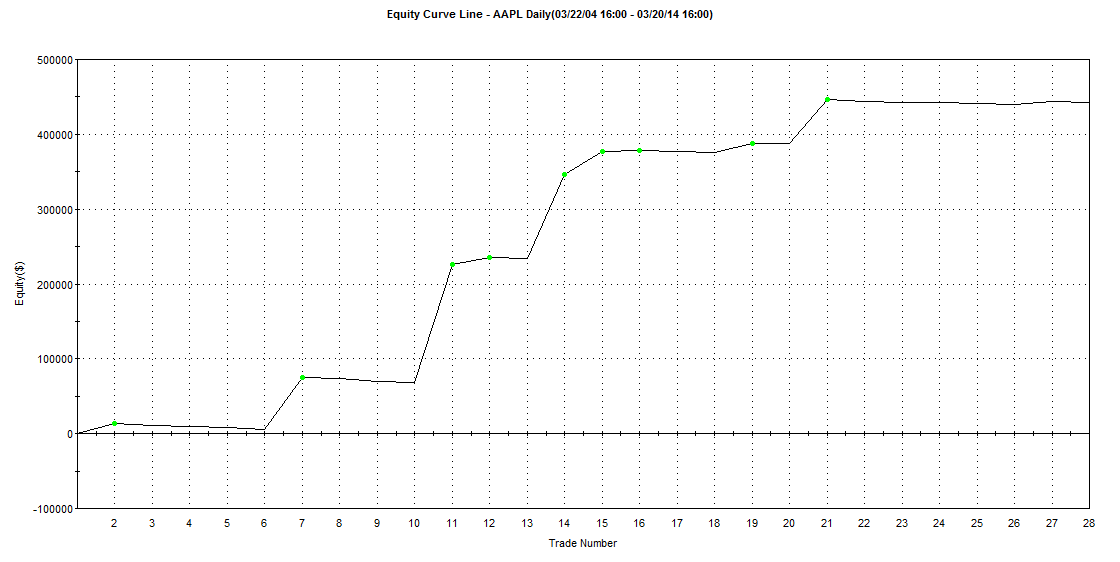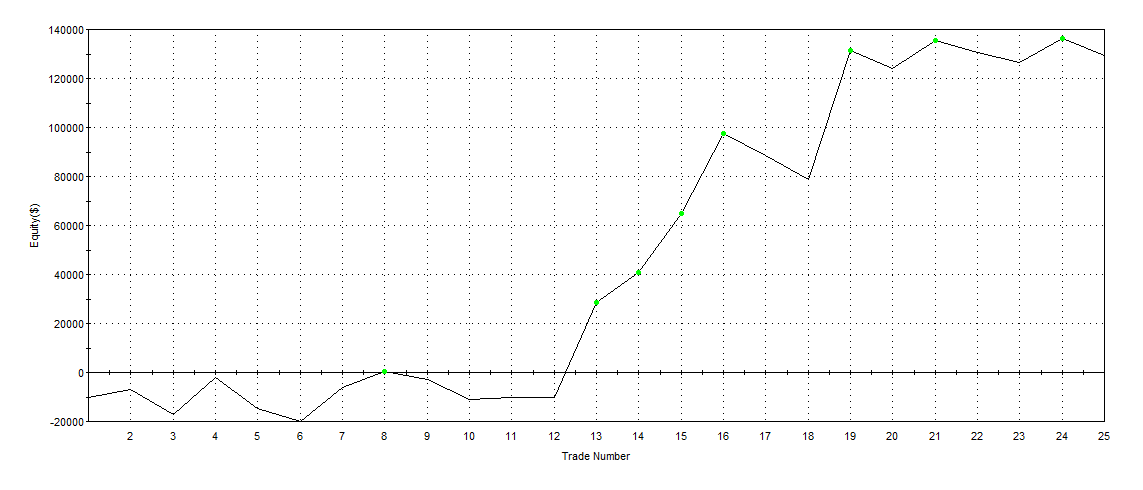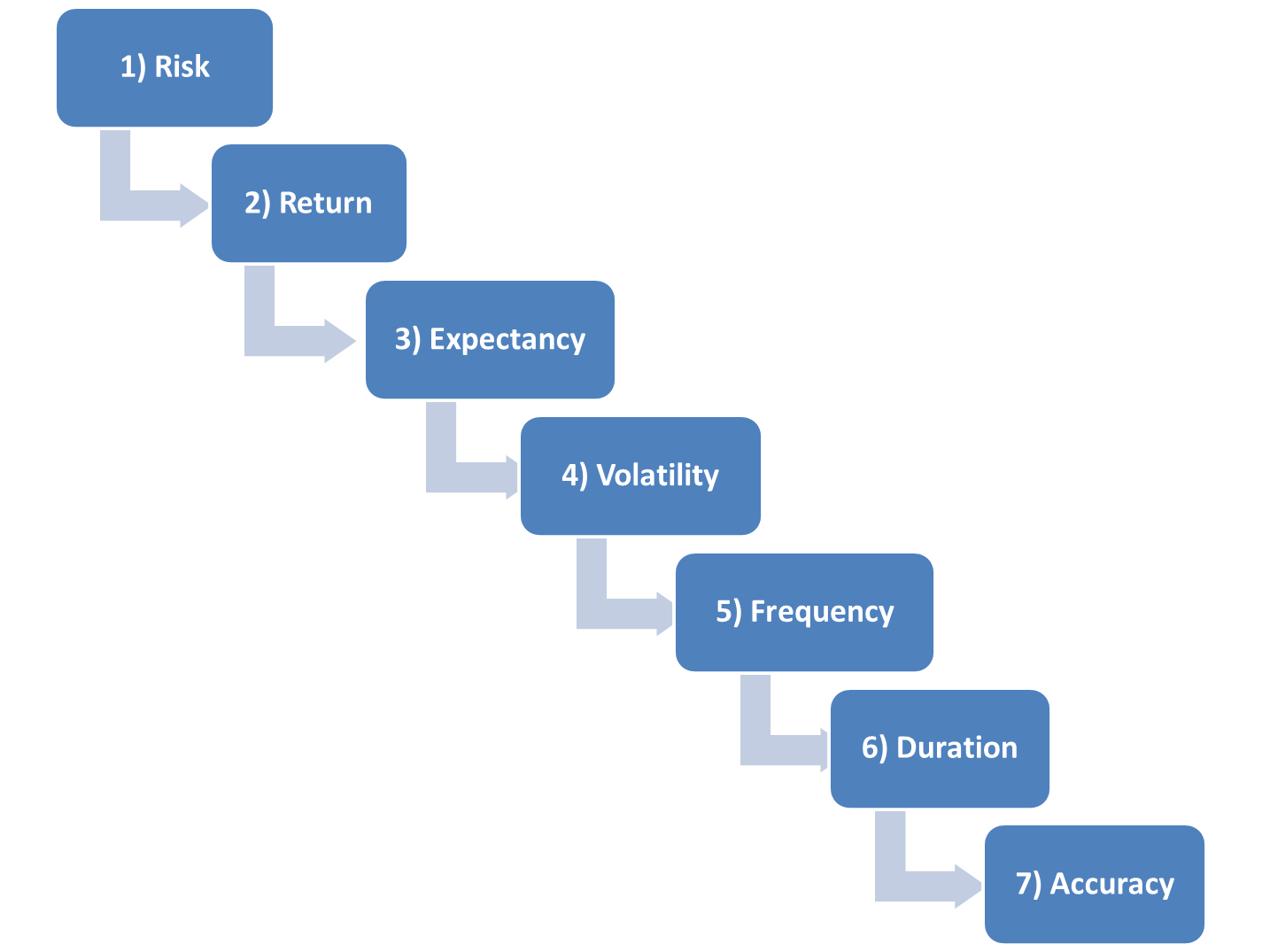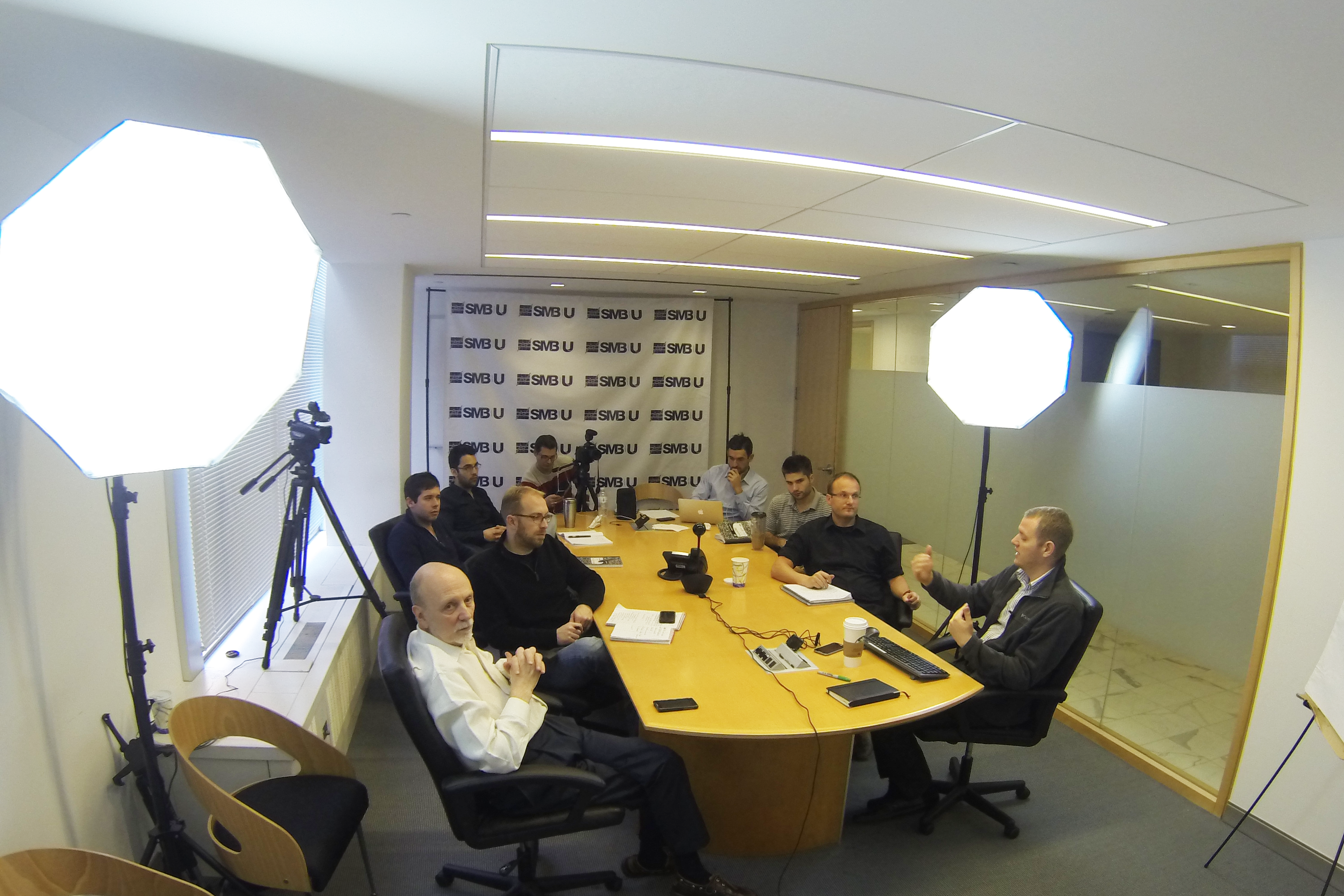No relevant positions Risk disclaimer John Locke
Back Testing an Options Strategy
Note: The following contains hypothetical results; simulated using historic data. As mentioned at a recent SMB Options Tribe meeting; a group of options traders are now working to back test a proprietary momentum signal using a variety of options trades. Several tests have come back with varying results… but we are seeing a common thread for options trades that show low … Read More
Free Signal for SPX
This coming Tuesday — April 8th — I’m going to speak to members of the SMB Options Tribe about the importance of having a pre-determined reason to reduce or remove risk from positive theta positions. In the heat of the moment, its hard to concentrate and make objective decisions. Having 50 years of market statistics behind your decision process makes … Read More
Volatility-Based Sizing
In running back tests, it’s important to understand the impact of volatility and position size. A consistent position size in number of shares or dollar amount can greatly skew historic results. If optimizing, this may lead to curve-fitting the system to periods of high volatility. Here are some examples of the impact of fixed-position sizing vs volatility-based sizing: The first … Read More
The Final Step for Systems Success: Accuracy
Accuracy is simply defined as the percentage of trades that end profitably. It is the final of our seven steps to systems success. To phrase it better, accuracy is the last thing we look at in building a system. Accuracy—almost without fail—is the first question asked about a system. However, it has the least impact on the success of a system. … Read More
Duration: The Sixth Step to Systems Success
Number six in our seven steps is Duration. Duration represents the expected length of time in winning trades, losing trades, and all trades. Almost without exception we find that trend- and momentum-oriented signals have a shorter duration for losing signals and a longer duration for winning signals. The reverse is true for mean-reversion trades. Knowing your expected duration is important … Read More
The Fifth Step to Systems Success: Frequency
Our fifth of seven steps for building, testing, and following a system is to understand the frequency of the system. Higher frequency increases profit potential, but it also reduces reliability. The two primary downsides of higher frequency are 1) transaction costs and 2) execution assumptions. In back testing you can assume buying every bid and selling every offer. But this … Read More
Step Four of Systems Success: Volatility
Is volatility good or bad? Let’s look at it from the perspective of run ups—potential gains, and drawdowns—potential losses. And let’s not forget real gains and real losses. Never take your eye off the ball on what we are trying to do, which is to build a trading system that is statistically reliable so that over hundreds, or even thousands of … Read More

